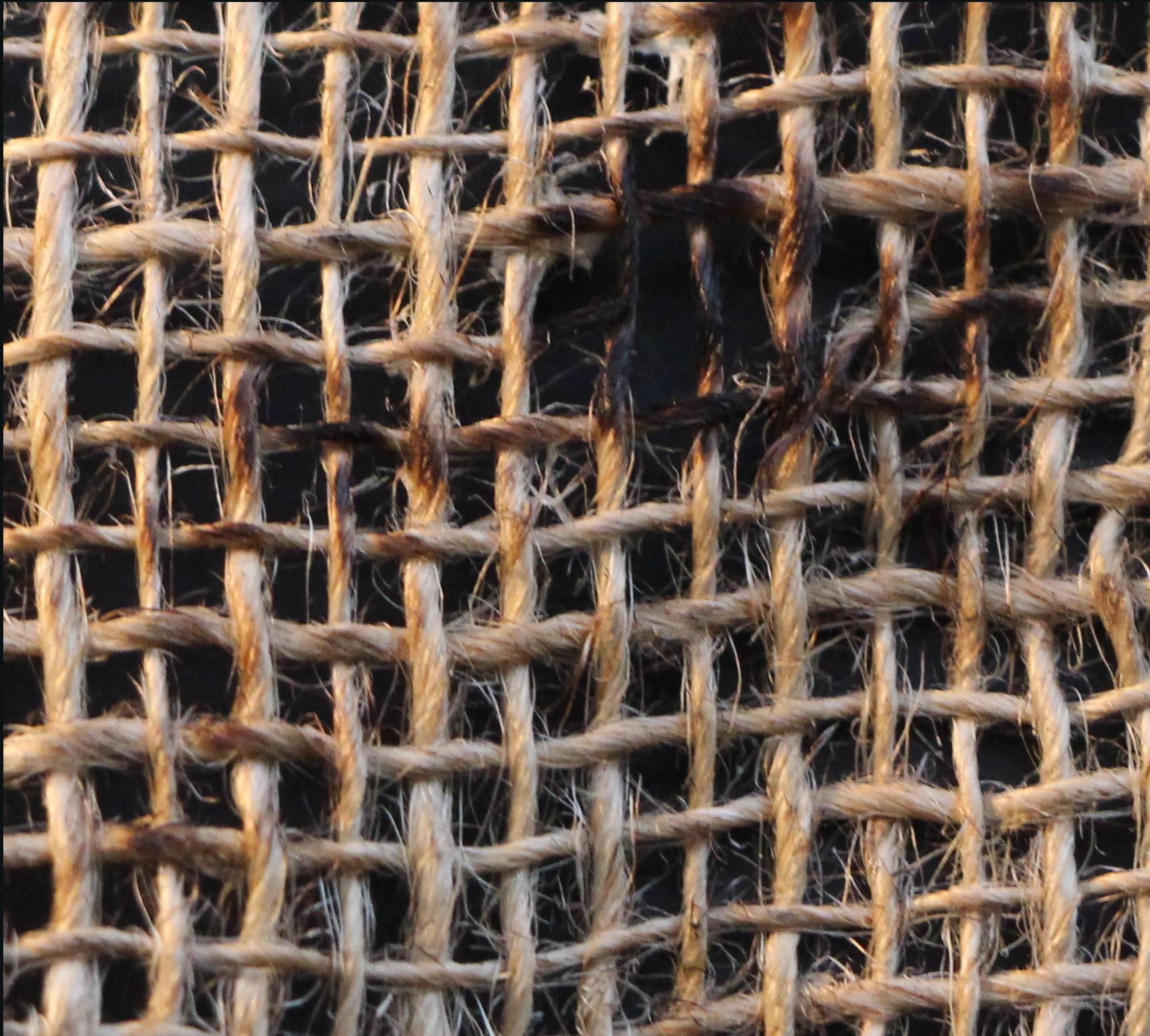Alec Livaditis first appeared on the scene with Clear and Cloud, an LP released on Kye Records. The titular A-side featured Livaditis's cello playing pit against a backdrop of unending chatter. What would have otherwise felt like a normal live performance was transformed into something more stately through the work of Killick Hinds' Vo-96 guitar playing. In the song's second half, the harmonics that Hinds employed filled the recording's cracks with a calming ambience that immediately turned the domestic space into one more sacred. With Hinds setting the tone, the cello's weeping legatos granted the song a sort of profundity-in-the-everyday that felt at once uplifting and wistful.
Reticulate is Livaditis's small batch, self-released CD-R follow-up. It's notable in that unlike both tracks on Clear and Cloud or the live performance on WUOG, the Athens-based musician is found here playing alone. It's also a continuation of the more austere sounds and methods explored on "Mid August, 2016", except that since this isn't a shabby live recording, there's a bit more bite to the electronics. The album is comprised of two 18-minute tracks filled with oscillating sine tones and feedback. As is commonplace for recordings of this ilk, these stretches of sound alternate with periods of silence.
"A" starts off with a low, wavering sine tone. With it comes the creation of a more subtle rumble that resembles a quickly spinning computer fan. Livaditis lays some squelching feedback on top that's sharp and unpredictable in comparison. This contrast is crucial as it helps paint the underlying sine tone as monotonous, and with it comes a looming sense of dread. When it abruptly phases into silence, the transition is like a gasping for air. Feelings of anxiety still linger, though. Because of this, there's an impression that these first five minutes could effectively soundtrack the quiet but unsettling moments of a Philippe Grandrieux film. Soon, however, comes a long section comprised of buzzing noise that's accompanied by the clatter of metal objects. This all eventually dissolves into a comforting, higher-pitched sine tone and a brief moment of silence. If the track had ended here, it would have told a rather concrete narrative. Unfortunately, it's slightly undercut by four more minutes that sound extraneous: another sine tone sequence, a half-minute of silence, and a reprisal of the buzzing and handling of metal.
"B" starts off in a similar fashion to that of the previous track—for four and a half minutes, a raucous (but still relatively controlled) stretch of noise is heard. Occasionally, Livaditis injects high-pitched, pinprick-like sine tones. When the noise disappears, the sine tones remain, and consequently feel comforting amidst the relative silence. He soon exchanges these tones for extremely brief bursts of contact mic-type sounds and feedback. This entire section spans four minutes and is rather relaxing, especially compared to what was present on "A". Its placement is effective as it manages to shed light on the meditative nature of the ensuing noise, particularly those that appear immediately thereafter. As a result, the minute of silence that comes after that feels especially calm. If I were to fault "B" of anything, it would be for how it isn't split into two separate tracks at the moment this silence ends. The eight minutes that close out the album are more of a summation of what's been heard and therefore don't necessarily seem connected to the rest of the song. Still, it's a nice piece of whirring noise that closes out Reticulate on an appropriate, albeit anticlimactic, note.
All in all, to see Livaditis release a full-length album in such a different vein is refreshing. When listening to the record, It's clear that he's confident in his ability to handle these electronics. The meshwork that adorns the cover is amusing because it points to his specific approach—the interlacing strings are as essential to the structure as the empty spaces surrounding them. And like the silence utilized on Reticulate, the burnt portion that leaves a gaping hole is significant because it highlights that exact idea by altering how the material immediately surrounding it is perceived.
